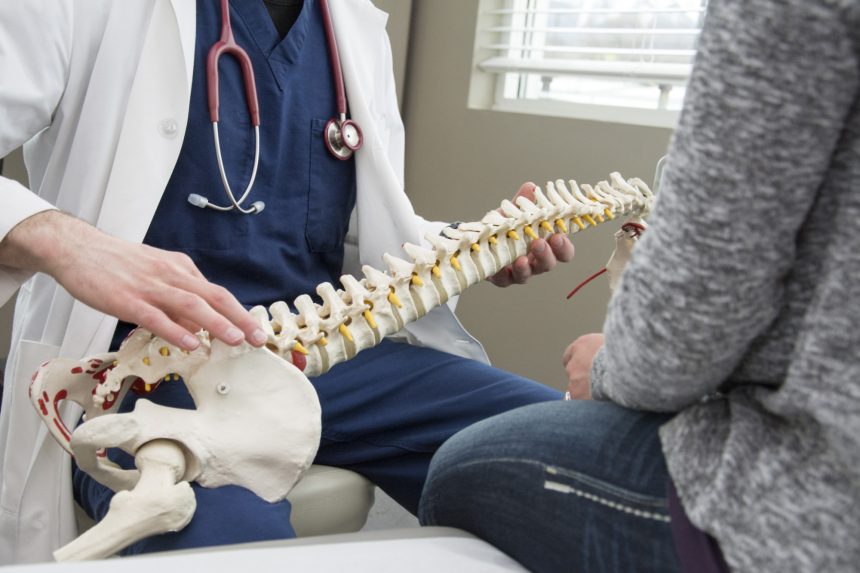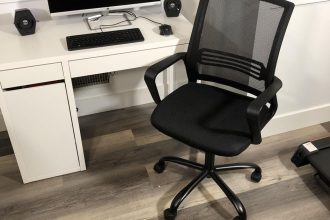Back pain frustrates so many aspects of your life. It makes it harder for you to move objects with ease, bend, and sometimes it can make it impossible to walk. Yet, back pain affects eight out of ten people at some point in their lives.
The good news is that the treatment methods for relieving back pain are very effective. Most people recover from the pain and go back to their normal lives. However, you should consider the different types of back surgery to relieve the pain if it’s persistent.
Here are some of the common back surgeries you should know about. They’ll be of help if you’ve been suffering from chronic back pain.
1. Spinal Fusion: Popular Among the Types of Back Surgery
Spinal fusion involves the joining of the vertebrae (spinal bones) together. This surgery is applicable for non-specific back pain cases. The common characteristic of this type of back pain is the degenerative changes that accompany it.
Joining the vertebrae limits the stretching of your nerves. It also reduces the motion between the spinal bones to limit the pain. The limitation in the movement of your bones won’t have a profound impact on your movements/activities.
It’s important to know that in some cases the bones fuse completely. This is undesirable because it will inhibit your movements and induce more pain. Fusion of bones is rare but the chances increase if you are an inveterate smoker.
2. Diskectomy
The disk is a cushion that’s located in between the vertebrae. When this disk presses on a spinal nerve or it slips out of position, you’ll start experiencing back pain. Going for diskectomy will resolve the case for a majority of the cases.
Diskectomy involves the removal of part or all of the affected disk. This might necessitate the surgeons to make a big incision in your back. Alternatively, surgeons may opt to perform a microdiscectomy which will leave a smaller incision.
Surgeons have adopted microdiscectomy as the standard procedure for lumbar disc herniation in recent years.
3. Laminectomy
Laminectomy is a procedure where surgeons remove bone spurs, ligaments, or parts of the bone from your back. It’s a common treatment for patients with lumbar spinal stenosis. Removal of these parts alleviates the pain by relieving the pressure on the spinal nerves.
A common cause that leads to the need for this procedure is a herniated disk in the spine. A herniated disk results from disk damage due to wear and tear or injury. The prevalent symptom for a herniated disk is sciatica.
Sciatica refers to a shooting and sharp pain along the sciatic nerve. Usually, the pain will start from your waist downwards. Laminectomy is recommendable as a treatment option only if you’ve exhausted other treatment options.
At times, laminectomy leaves you with an unstable spine. Doctors will have to include a spinal fusion for such cases. Spinal infusion helps you to regain your stability; surgeons occasionally perform the two procedures simultaneously.
4. Disk Replacement
Disk replacement is a bit similar to diskectomy in that both involve the removal of the disk cushion. In disk replacement, the surgeon replaces a damaged spinal disk with an artificial one. Unlike diskectomy, you’ll be able to move your spine after the procedure.
The advantage of disk replacement is its shorter recovery time. The period for recovering from this procedure is way shorter if you compare it to spinal fusion and diskectomy.
Disk replacement is the best option for bust people who have to endure chronic lower back pain in the course of their duty. The procedure will help you get back on track within the shortest span possible.
However, you’ll have to be extra cautious since the new disk might slip out of place. But this isn’t frequent and there are repair services at your disposal.
5. Interlaminar Implant
Laminectomy is quite invasive which discourages some people from using it to relieve their back pain. This is especially the case when the laminectomy requires fusion surgery to make the procedure a success. Going for an interlaminar implant would be a preferable option as it is minimally invasive.
An interlaminar implant involves the implanting of a U-shaped device in between two spinal bones in your lower back. The implant gives you much more stability than in the case of spinal fusion. This makes it possible for you to move your back as you would normally.
The U-implant alleviates pain by keeping the space between the vertebrae open. Additionally, the implant reduces the pressure on the spinal nerves that originates from the damaged spinal bones.
Note that an Interlaminar implant makes it easier to move most areas of your back. But it won’t be possible to bend that area where the implant is located as easily without some discomfort.
6. Foraminotomy
So far, the prime cause of back pains has been damaged spinal bones. It’s the damage to these bones that cause secondary effects like inducing extra pressure on the nerves, which increases the pain.
It’s also possible to experience back pain because of a compressed nerve. In foraminotomy, a surgeon cuts away part of the bone from your vertebrae (on the sides).
This creates extra room for the nerves which decreases the pressure on the nerves as a result of the compression; lowering the pressure relieves the back pain.
A foraminotomy procedure will reduce the stability of your spine. So surgeons have to accompany it with a spinal fusion to rectify the stability issues. You’ll, therefore, need a longer recovery period after signing up for this procedure.
Treat the Back Pain Once and For All
It’s normal to experience back pains occasionally during your lifetime. The pain results from our daily habits like adopting inappropriate postures or lifting heavy objects frequently. Most people recover from the pain by going for simple medical treatment options.
If you notice that your pain is persistent despite seeking these medical interventions, then you might have deeper issues. Consult a professional to trace the root cause for the relentless pain. You should then consider the appropriate types of back surgery to treat your condition.
Successful surgery will restore the health of your spine. Not having to deal with back pains will improve your productivity. If you enjoyed reading this piece, browse this page for more informative articles.















